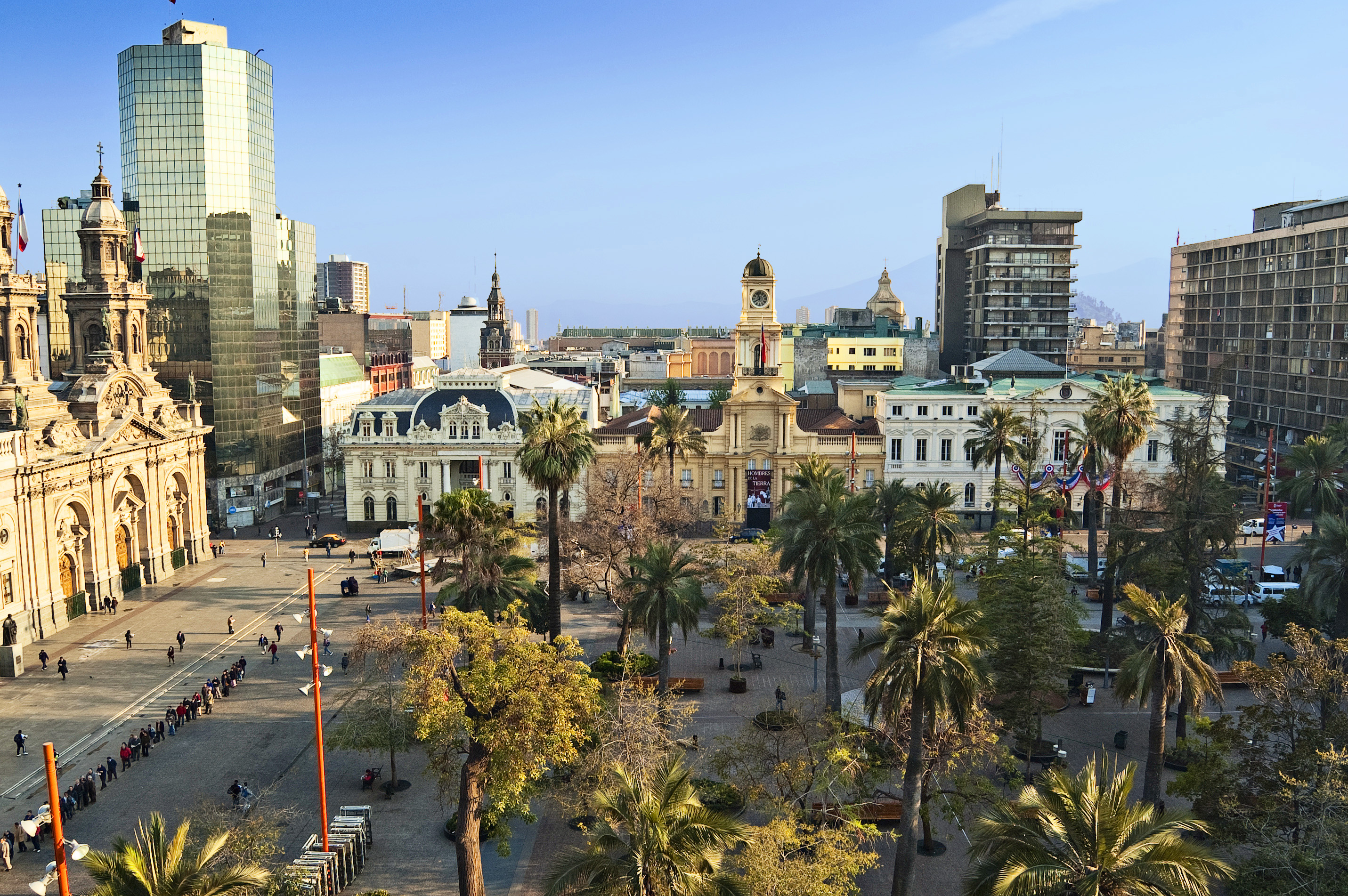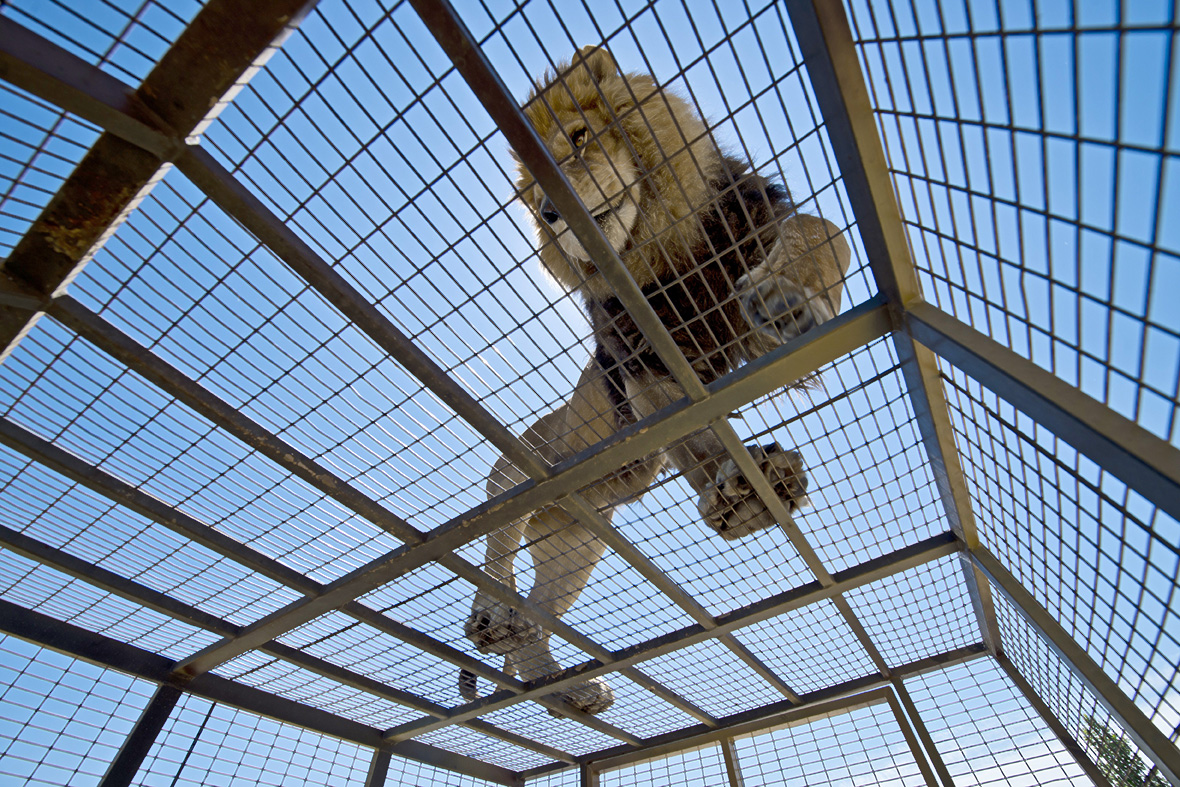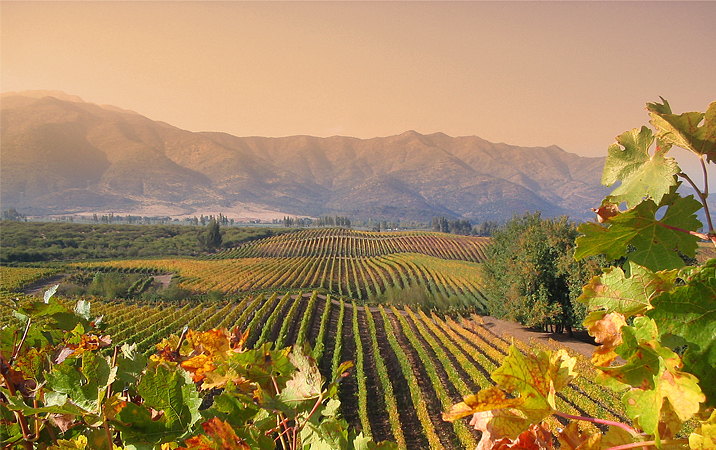Globe Trotter in Chile - [Update] Interesting facts
 •
by
•
by Silexu

A. Beauty of Chile
"In the language of the Aymara Indians Chile has the meaning "when the world ends." The very shape of this country is exceptional, with a length of approximately 4300 km and an average width of 180 km. Accordingly, the small country has beautiful and diverse landscapes to offer. There is probably no other country that combines so many climate zones like Chile. From eternal ice, shimmering blue glaciers, hot springs and snow-capped volcanoes to rainforests, the driest desert on Earth, grasslands, endless sandy beaches and mountains - you will find everything. Also, there is probably no place in the world (and if it existed, please share it with us) where in the morning you go skiing in the Andes and in the afternoon you relax on the beaches of the Pacific coast."
Source: Why go to Chile?
Other interesting articles:
22 Reasons You Should Be In Chile Right Now
10 Reasons Chile Should Be On Your Bucket List
13 Reasons You Should Never Travel To Chile
One picture is worth a thousand words

Santiago de Chile

Plaza de Armas, Santiago de Chile

Santiago by Night

Cathedral de Marmol

Las Tores de Paine

El Salto del Laja

Atacama Desert

Salt Mountain in Atacama Desert

Adventure in the Desert

San Pedro de Atacama

Easter Island

Portillo, Chile — best skiing in October

Jorge Montt Glacier in Chiles Patagonia

Villarrica volcano, in southern Chile - I don't think you want to visit that, but you may witness.

Safari Park, Rancagua

Andean flamingos in Laguna Chaxa

Colchagua Valley
B. Interesting facts about Chile
Source: 68 Interesting Facts About . . .Chile
- Chile may derive its name from the indigenous Mapuche word chilli, which may mean “where the land ends.” Another meaning attributed to Chile’s name is the onomatopoeic “cheele-cheele”—the Mapuche imitation of a bird call. The Spanish heard about “Chilli” from the Incas in Peru, who had failed to conquer the land inhabited by the Araucanians, of which the Mapuche were the most warlike group. The survivors of Diego de Almagro’s first Spanish expedition south from Peru in 1535-1537 called themselves “Men of Chilli.”
- Chile is the longest country in the world from north to south at 2,647 miles (4,620 km) long and extends across 38 degrees of latitude. The Andes Mountain Range extends the entire length of the country north to south.
- With over 100 wineries in the country, Chile is now the 5th largest exporter of wine in the world.
- Chile’s Central District has had so many reported UFO sightings over the past 20 years that in 2008, the town of San Clemente opened a 19-mile UFO trail that winds through the Andes Mountains, whose plateaus apparently make great landing pads for the UFOs.
- Chilean Patagonia is one of the cleanest places on the planet.
- Chile’s national drink, Pisco, is a clear liquid similar to brandy. It is grown in Chile in the Elqui Valley and is commonly mixed with soft drinks like Coca-Cola (Piscola) or ginger ale or vermouth. But the most common version is the Pisco sour where it is blended with lemon juice, sugar, ice, and beaten egg whites. The Peruvians made the Pisco sour famous, but the Chilean version tastes slightly different.
- Chile’s Atacama Desert is the driest desert in the world. Parts of the Atacama have not seen a drop of rain since recordkeeping began. The Atacama is also home to geoglyphs, or large drawings made from stones, arranged on the side of the mountains. The Gigante de Atacama (Atacama Giant), located at Cerro Unitas, is the largest prehistoric anthropomorphic figure in the world at 390 feet (119 m) high and supposedly represents a deity for the indigenous people, from A.D. 1000 to 1400.
- Chile’s Easter Island is known for its 867 Moais. These sculptures of volcanic rock, believed to represent deceased chiefs or gods, stand as tall as 20 feet (6 m).
- A popular event on the Chilean island of Chiloé is the minga, which brings the entire community together to move a house. The Chiloéns mount the house on tree trunks, and then the house is pulled by oxen to the new site.
- The cueca, which resembles the mating ritual of hens and roosters, is the national dance of Chile.
- Born Neftalí Reyes, Chile’s most famous poet, Pablo Neruda, was a student at the school where Gabriela Mistral was head teacher. Taking his famous pseudonym, Neruda won the Nobel Prize for Literature in 1971. He is best known for his love poetry, Twenty Love Poems and a Song of Despair, and his celebration of Latin American culture, Heights of Machu Picchu.
- The Chilean Andes have more than 2,000 active volcanoes. The largest is Llullaillaco at 22,104 feet (6,737 m).
- On September 11, 1973, a military coup led by General Augusto Pinochet ousted President Salvador Allende and installed Pinochet’s brutal, military-dominated government that would become the longest-lived administration in Chile’s history. During Pinochet’s regime, out of a population of barely 11 million people, more than 4,000 Chileans were executed or “disappeared,” hundreds of thousands more were detained or tortured, and almost a million fled the country.
- The pudú, a tiny deer unique to Chile, lives in thickets and dense forest areas between Chillan and Chiloé and is almost impossible to site in the wild. It is the world’s smallest species of deer.
- The atmosphere in the mountains in the Norte Grande part of Chile is excellent for astronomers because the air is particularly clear. It is the chosen spot for observatories in all the Southern Hemisphere, having 300 clear nights a year. The famous observatories of Tololo, La Silla, and Las Campanas can be seen from the highway, as well from Cerro Grande in La Serena.
- The Chilean Museo Arqueológico de San Miguel de Azapa is the home to the world’s oldest mummies. The 282 Chinchorro mummies have been radiocarbon-dated to 7200 B.C.
[Shout]
Globe Trotter in Chile
https://www.erepublik.com/en/article/2601458
Globe Trotter Itinerary






















Comments
Superb!
v 2 fanasic!!
Chile, the land of Copper mines! 😃
о7
Nice!
Wow!
v
v
o/
o/
o7
bravo
Nice article, nice country, great people!
Thank you!
o/
v 🙂
Gracias por dedicarle este hermoso articulo a la comunidad chilena.
Nice!
Que bkn es mi Chile!
Muy bonitas fotos....
que lindo che!
o/
V
Very nice pictures.
O7
Selvas tropicales? Pffff 😃
o7
V.
so huge contrast 😃
o7
nice
v
So in Chile humans are the ones in cages and animals watching them ? 🙂
Nice country, hope to visit Chile 🙂
v
:3
V
o/
votado 😃
votado
[removed]
perfect
v
si se dan cuanta no sale arica en el mapa :V
no importa prefiero pertenecer al imperio del Tawantinsuyo
Arica on Chilean MAP NOT FOUND :v
Arica: http://prntscr.com/bfwc8o
v
Cool !
forgot about ancient Native forests , incredible Places and feelings too
thanks for the article 🙂